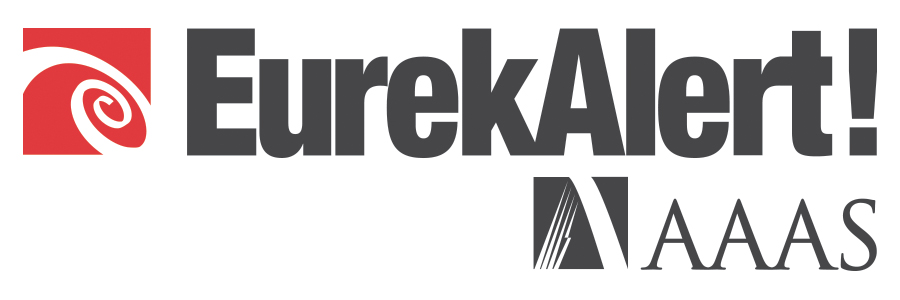
Freestanding emergency departments (FSEDs) may charge more than urgent care centers (UCCs) to provide care for fewer patients who have similar characteristics and conditions, according to a study released in the Journal of Emergency Medicine.
FSEDs are Emergency Departments that are not attached to an acute care hospital and may either be independent or affiliated with a hospital. FSEDs have experienced significant growth in certain states over the past decade.
After researching the conversion of three UCCs to independent FSEDs in Texas using insurance claims from Blue Cross Blue Shield of Texas, results show annual patient volume decreased between 29.5 percent and 94.8 percent, and reimbursement per visit increased between 970 percent and 1,369 percent, according to first author, Sabrina J. Poon, MD, instructor of Emergency Medicine at Vanderbilt University Medical Center.
“This study highlights some of the payment reimbursement structures that are not ideally suited to the patient or to our health care system as a whole. While this is a case study of three facilities and is not generalizable to all FSEDs, this study shines a light on these reimbursement structures and how they can potentially be used to increase revenue,” said Poon, who took part in this study while completing a fellowship in Emergency Medicine Health Policy Research and Translation at Brigham and Women’s Hospital at Harvard Medical School.
A goal of this study was to find whether FSEDs are more similar to higher-cost hospital-based EDs or to lower-cost UCCs.
When combining data for the three FSEDs in Texas, the research shows no significant difference in the age or gender of the patients and little difference in conditions managed at both the UCC and FSED.
However, researchers found a small increase in patient visits for potentially more severe conditions such as chest pain, which accounted for 0.5 percent of UCC visits, then rose to 2.3 percent of FSED visits.
“You have to look at why patients are going to FSEDs, as there are benefits. They are convenient, they are located in a place that is easy to get to, there is a shorter wait time, and the list of services or care provided is what patients are looking for. The question is, how can we provide this care in the most valuable way for both patients and the health care system?” said Poon.
###
Tennessee currently has seven FSEDs, five of those within the Middle Tennessee area. Two more FSEDs have been approved.
The study team also included Lan Vu, BS, Blue Cross Blue Shield of Texas; Leanne Metcalfe, PhD, Blue Cross Blue Shield of Texas; Olesya Baker, PhD, Department of Emergency Medicine, Brigham and Women’s Hospital; Ateev Mehrotra, MD, MPH, Department of Health Care Policy, Harvard Medical School; Jeremiah D. Schuur, MD, MHS, Department of Emergency Medicine, Brigham and Women’s Hospital, and Harvard Medical School.
Disclaimer: AAAS and EurekAlert! are not responsible for the accuracy of news releases posted to EurekAlert! by contributing institutions or for the use of any information through the EurekAlert system.

